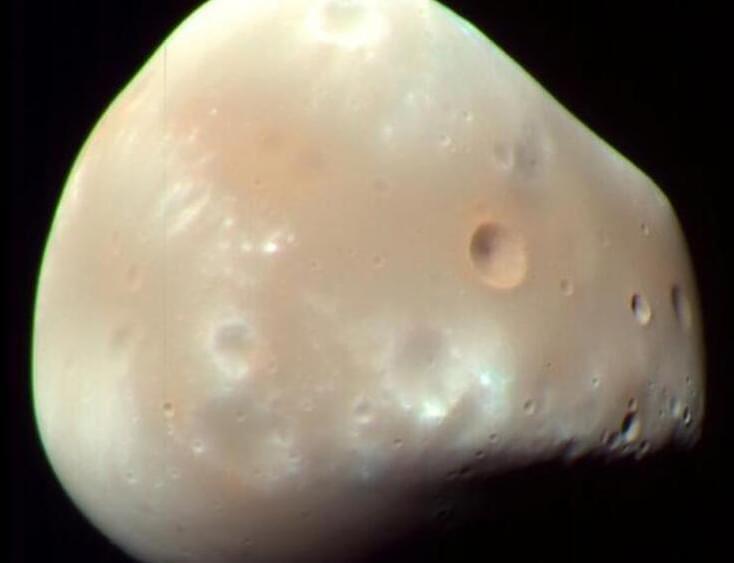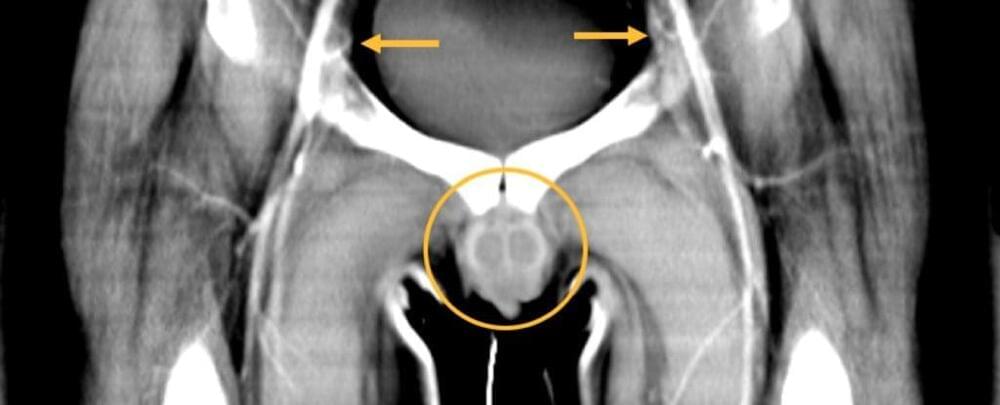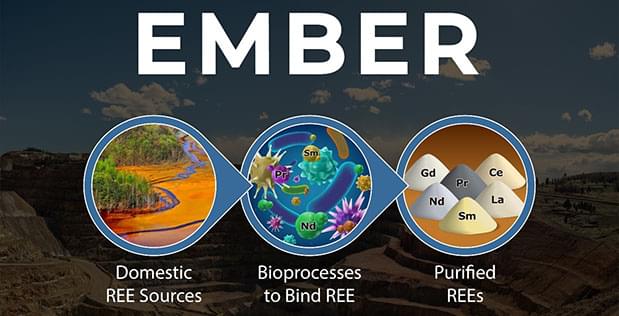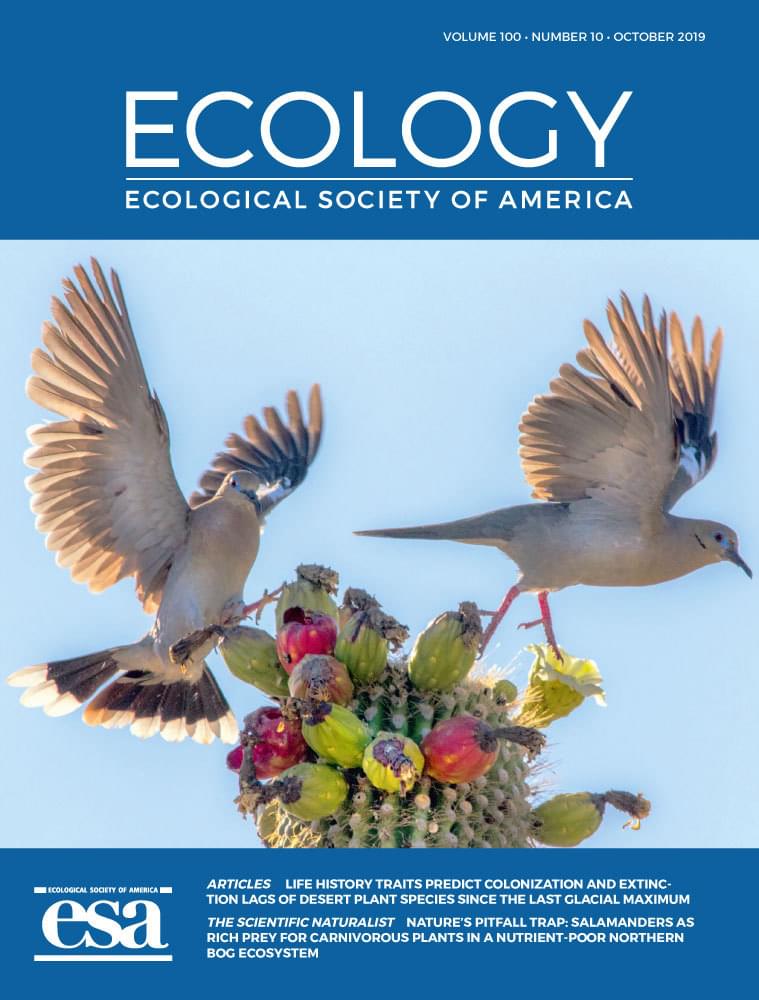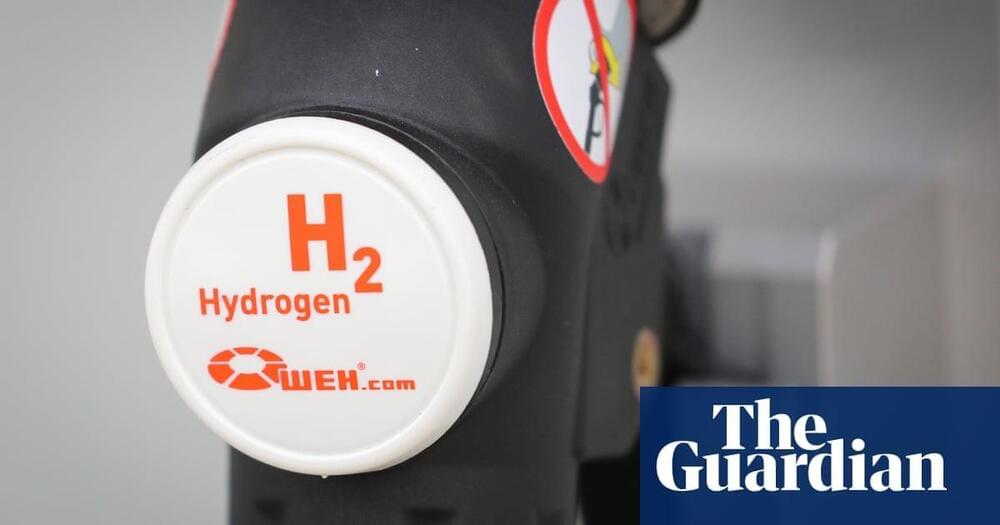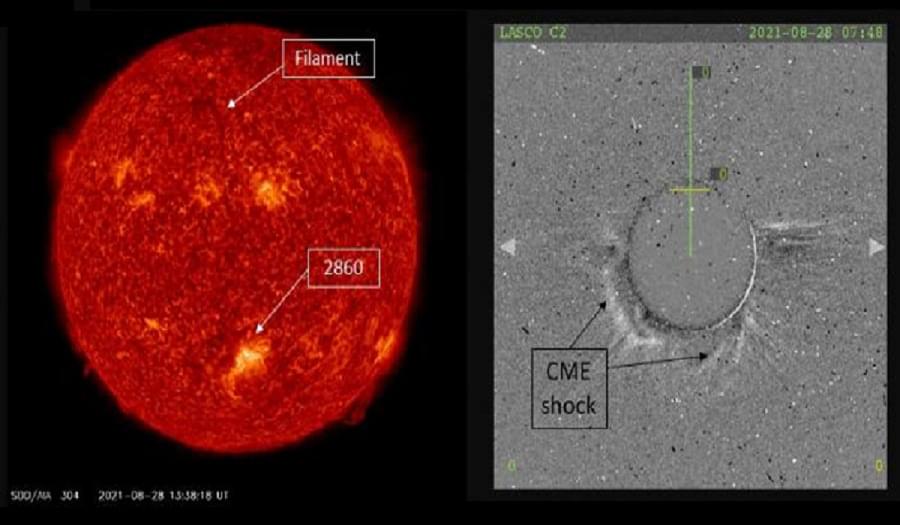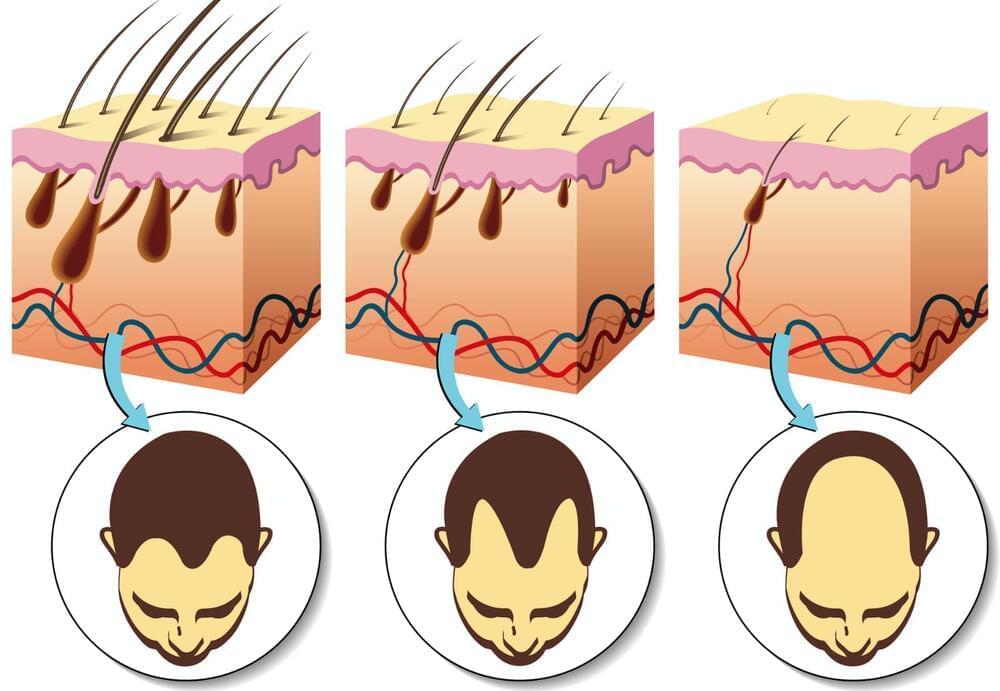While peering up at the hazy Martian sky, NASA’s Perseverance rover recently spotted one of Mars’ irregularly-shaped moons.
Over a year since the history-making operation, the recipient of the world’s first total penis and scrotum transplant – an injured veteran of the US Armed Forces – is “feeling whole” again and recovering well, doctors report in a case note on the pioneering procedure.
The man, who remains anonymous, was on patrol with his squad in Afghanistan when Taliban fighters ambushed them. As he went to give first aid to another soldier, he stepped on an improvised explosive device hidden on the road. In an instant, the blast took away much of the lower half of his body.
“I remember everything froze and I was upside down,” the man told MIT Technology Review. “I remember thinking a quick thought: ‘This isn’t good.’”
Program aims to fortify supply chain by utilizing bioengineering approaches to facilitate REE separation and purification.
Rare Earth Elements (REEs) are a group of 17 similar metals that are critical material components of many DoD systems, including lasers, precision-guided weapons, magnets for motors, and other devices.1 Although the U.S. has adequate domestic REE resources, its supply chain is vulnerable due to dependence on foreign entities for separation and purification of these elements. “Biomining,” an approach that uses microbes to extract or separate target metals like gold or copper from a variety of sources is not yet useful for REEs because of poor specificity and selectivity of the microbes for REEs. The Environmental Microbes as a BioEngineering Resource (EMBER) program aims to leverage advances in microbial and biomolecular engineering to develop a scalable bio-based separation and purification strategy for REEs using under-developed domestic sources.
“The EMBER program will aim to fill a critical DoD supply chain gap” stated Dr. Linda Chrisey, EMBER program manager. “The program will target the development of bioengineered organisms/biomolecular approaches for REE purification, then translate these to practical biomining modules (e.g., biosorbent, biofiltration) that can be integrated with domestic REE sources.”
The four-year program will address two Technical Areas (TAs) and be divided into three phases. The goal of TA1, “Bioengineering for REE Utilization,” is to establish a platform for engineering organisms and/or biomolecules to enable the binding of REEs under harsh conditions. TA2, “REE Biomining” will focus on developing and testing a biomining workflow to purify individual REEs from actual source materials. Teams must propose to both TAs to develop comprehensive, enduring solutions.
Nature’s pitfall trap: salamanders as rich prey for carnivorous plants in a nutrient-poor northern bog ecosystem.
Botanical carnivory is an evolutionary marvel of the plant kingdom that has long fascinated general onlookers and naturalists alike. Darwin even dedicated serious study to these “most wonderful plants in the world” (Darwin 1,875 Ellison and Gotelli 2009). Carnivory in plants has evolved multiple times across the world, often in wet, open, and nutrient-poor environments, as an alternative pathway of nutrient acquisition (Butler et al. 2005). Among carnivorous plants, the pitcher plants (family Sarraceniaceae), and specifically the northern pitcher plant (Sarracenia purpurea purpurea L.), intrigued early natural historians (e.g., Macbride 1,815 Riley 1,874 James 1883). Sarracenia purpurea is found across eastern North America, from the Gulf Coast of Florida north to Nova Scotia and west to the Rocky Mountains (Schnell 2002), making it the subject of early and contemporary observational and experimental studies. Naturally, much research has focused on the ability of these fascinating plants to capture prey and make use of prey nutrients. The specialized bell-shaped leaves of these pitcher plants collect rainwater in which prey dies, decomposes, and breaks down because of both inquiline microorganisms (aquatic larval insects, rotifers, mites, protozoa, and bacteria) that live within the pitcher and digestive enzymes produced by the plant. These digestive actions liberate nutrients for plant growth and reproduction (Adlassnig et al. 2011).
Click on the article title to read more.
The two companies have raised an initial US$6.5 million toward what could genuinely be a revolutionary powertrain for electric aircraft; a fully FAA-certified hydrogen system would instantly allow electric aircraft to carry several times more energy on board, vastly boosting flight endurance while also enabling fast refueling instead of slow charging.
HyPoint claims its “turbo air-cooled” fuel cell system” will be able to achieve up to 2,000 watts per kilogram (2.2 lb) of specific power, which is more than triple the power-to-weight ratio of traditional (liquid-cooled) hydrogen fuel cells systems. It will also boast up to 1,500 watt-hours per kilogram of energy density, enabling longer-distance journeys.” For comparison, today’s commercially available lithium battery packs rarely break the 300-Wh/kg mark.
Circa 2020
Carmaker is to begin testing proposal to fit its Dyna vehicles with hydrogen fuel cells[br].
The National Weather Service’s Space Weather Prediction Center (SWPC) has issued a G1 (Minor) Geomagnetic Storm Watch for today and a G2 (Moderate) Geomagnetic Storm Watch for tomorrow.
Computer forecast models used by space weather experts suggest that a coronal mass ejection (CME) produced by region 2,680 on the Sun early on August 28 associated with an M4 flare may arrive later on September 1 creating minor geomagnetic storm conditions. According to the SWPC, activity could intensify into September 2 with the possible arrival of a second CME associated with a filament eruption that occurred later on August 28.
Should these CMEs materialize, combined effects from the two transients have the potential to result in G1-G2 storm conditions. The SWPC warns that forecast confidence is low due to the nature of these faint and somewhat ambiguous CMEs.
Recent advances have put some interesting possibilities on the table when it comes to tackling hair loss, from topical solutions packed with stem cells, to 3D-printed hair farms, to growing hair with a patient’s own cells. Scientists in China are now throwing another one into the mix that uses a dissolvable microneedle patch to stimulate hair growth, with the technology proving high effective in mouse models of hereditary pattern baldness.
Led by scientists at China’s Zhejiang University, the researchers set out to develop new treatments for the most common of hair loss conditions: male-and female-pattern baldness, also known as androgenic alopecia. The scientists sought to tackle the issue by focusing on what they say are the primary mechanisms behind this, namely oxidative stress and poor circulation.
This relates to the combination of accumulating reactive oxygen species in the scalp that kill off the cells behind new hair growth, and a lack of blood vessels around the follicles to provide them with nutrients and essential molecules. In this way, the team hoped to come up with a two-pronged approach to androgenic alopecia, and their solution starts with previous research carried out on liver injuries and Alzheimer’s.
But astronomer Tiger Hsiao of National Tsing Hua University says we might be looking for the wrong thing. In a new study, he and colleagues set out to calculate whether it would also be possible to use a Dyson sphere around a black hole. They analyzed black holes of three different sizes: those five, 20 and 4 million times the mass of our Sun. These, respectively, reflect the lower and upper limits of black holes known to have formed from the collapse of massive stars—and the even more enormous mass of Sagittarius A*, the supermassive massive black hole thought to lurk at the center of the Milky Way.
Black holes are typically thought of as consumers rather than producers of energy. Yet their huge gravitational fields can generate power through several theoretical processes. These include the radiation emitted from the accumulation of gas around the hole, the spinning “accretion” disk of matter slowly falling toward the event horizon, the relativistic jets of matter and energy that shoot out along the hole’s axis of rotation, and Hawking radiation—a theoretical way that black holes can lose mass, releasing energy in the process.
From their calculations, Hsiao and colleagues concluded that the accretion disk, surrounding gas, and jets of black holes can all serve as viable energy sources. In fact, the energy from the accretion disk alone of a stellar black hole of 20 solar masses could provide the same amount of power as Dyson spheres around 100,000 stars, the team will report next month in the. Were a supermassive black hole harnessed, the energy it could provide might be 1 million times larger still.
We embrace hybridized practices among different disciplines and living organisms, open knowledge and precarity as a challenge. Our current lines of research are based in the use of sound to understa…
